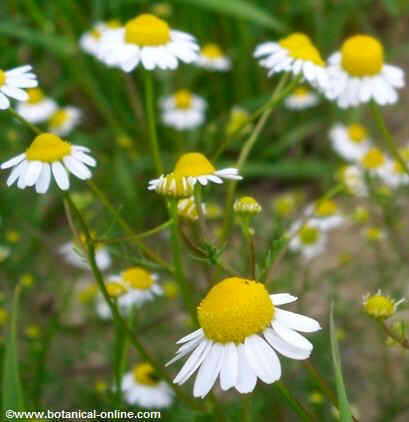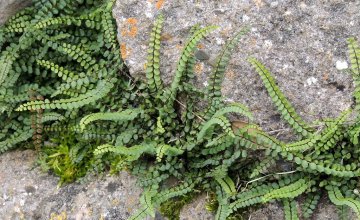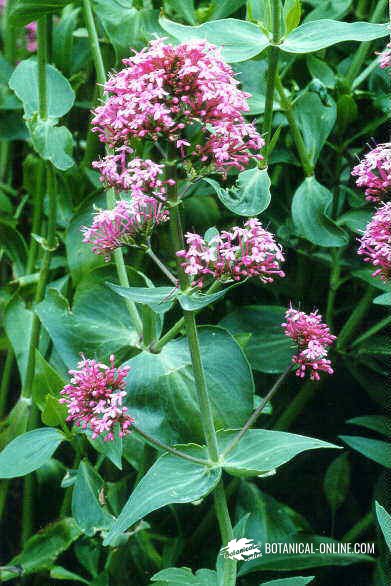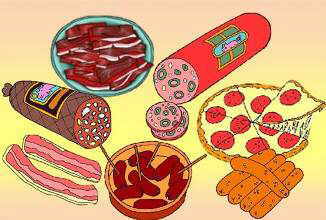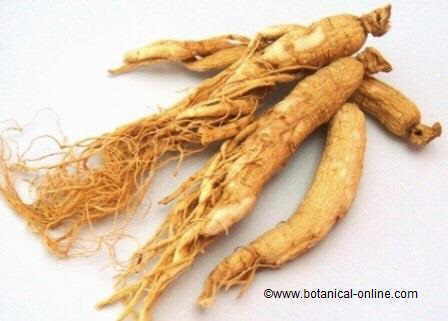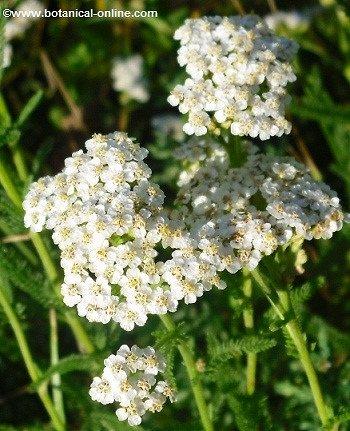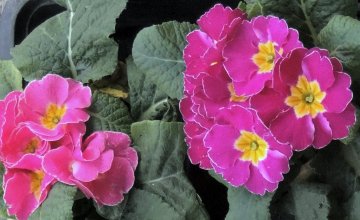Contents
What is planet Earth?
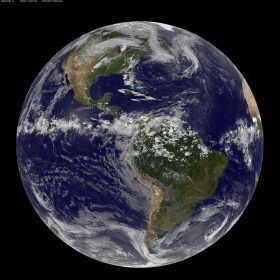
Earth is a planet in the Solar System. Like, the rest of the 8 planets that make up the solar system, revolve around a star that is known by the name of the Sun. This movement lasts 365,256 days. In addition to rotating around the Sun, Earth also rotates on itself in a movement known as rotation, which lasts exactly 23.93 hours.
Planet Earth is about 150 km away from the Sun. It is the third closest planet to this star.
It has a radius of 6378.1 km, because of it occupies the fifth position in terms of size with respect to the rest of the planets. The circumference at the equator is 40.091 km.
Earth is shaped like a sphere, although it is not a perfect sphere, since it is flattened at the poles and bulky at the Equator. The diameter at the Equator measures 12,756 km, while at the poles it measures 12,730 km, that is, there is a difference of 26 km.
The soil of planet Earth
Earth is a rocky planet. Earth surface appears covered with a solid and cold layer called crust that rests on a solid-pasty layer called the upper mantle. The crust and upper mantle make up what is known as lithosphere.
Lithosphere is not a uniform layer but is formed by plates, which float on the lower mantle, which has a lower pastiness than the upper mantle.
Under the lower mantle, appears the outer core of a very liquid and not very pasty composition. Finally, below the outer core and in the center of Earth, is the inner core, which is solid and made up of heavy metals.
Water and air over planet earth
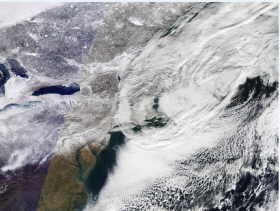
Most of the surface of the earth’s lithosphere or outer layer of Earth is covered by water.
Water is formed by the combination of hydrogen and oxygen gases. The water of planet Earth was formed in the past when the humidity and temperature conditions were suitable.
The set of all the water on planet earth is called hydrosphere. Hydrosphere is made up of the water of the seas, rivers, lakes, waters, clouds, groundwater, etc. Water is necessary for the existence of life.
Most of the water is in a liquid state. The water in the oceans occupies two-thirds of the earth’s surface, while a small portion of water is in a liquid state in the form of ice, mainly on the surface of the poles.
Although the water at the poles represents a small amount compared to the water in the oceans, its presence is extremely important because it regulates the temperature of planet Earth.
Planet Earth is surrounded by a layer of gases, popularly known as “air”, which constitutes the earth’s atmosphere. This gas layer stays around the Earth because it is pulled by Earth’s gravity.
The primitive atmosphere was the result of volcanic activity in the past. It was an atmosphere different from the current one since it did not contain oxygen. The oxygen was created by the organisms that were capable of photosynthesis, the algae.
The atmosphere is formed mainly by the gases nitrogen (78.084%) and oxygen (20.946%). To a lesser extent, other gases appear (carbon dioxide, neon, hydrogen, helium, water vapor, etc.) atmospheric dust, animal or plant remains. Most of the gases are found in the troposphere, which is the first layer of the atmosphere that is in contact with the atmosphere and has only an average thickness of about 15 km.
The atmosphere allows animals and plants to breathe, moderates the earth’s temperature and protects us from the sun’s ultraviolet rays and from falling meteorites, which are destroyed by friction when they come into contact with it.
The climate on planet Earth
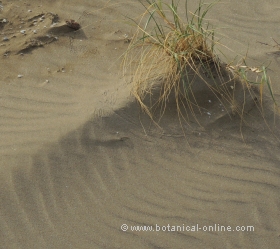
The earth’s atmosphere acts as a temperature moderator. On the one hand it decreases the energy of the solar rays that reach the Earth. In this way, the area of the Earth exposed to sunlight progressively warms up during the day. On the other hand, when night comes, it does not suddenly let escape the heat accumulated during the day, thus allowing an adequate average temperature to be established to enable life.
The temperature is not the same in all areas of the Earth. Atmospheric gases do not remain still, but rather move from one place to another due to the rotational movement of the earth and the heat that comes from the Sun. In this way, the movement of gases at different temperatures establishes a temperature difference of a place to another.
This temperature difference encourages the more or less rapid displacement of atmospheric gases creating the wind. The sun’s rays heat the water in the lithosphere, which evaporates and rises to higher layers of the atmosphere. When it is in an area with a lower temperature, it condenses into droplets that, when grouped, fall as rain.
Depending on the temperature, humidity, winds, rain and other atmospheric phenomena, different climates are established in different parts of the earth. In this way we speak of the equatorial climate or climate that appears in the area that covers the Earth’s equator, mountain climate, polar climate, etc.
Plants, animals and other living creatures on Earth

The surface of the earth is populated by plants, animals and other living beings, such as bacteria and algae. Plants, photosynthetic algae, and many bacteria are producer organisms, meaning that they make their own organic matter from inorganic matter.
Many animals are plant consumers, that is, they need to feed on the matter made by plants. These animals are known as herbivores. Other animals eat herbivores. These are known as carnivores.
Plants and animals live adapted to a certain place or habitat. This adaptation has required that they have available a series of physical conditions to be able to survive (water, minerals, sunlight, climate, etc.) as well as another series of animated elements (plants, animals, bacteria, algae, etc.). The set of relationships established by an animated beings within a physical environment is known as an ecosystem. The set of all the ecosystems of planet Earth constitutes what is known as the Biosphere.
![]() More information on Earth
More information on Earth

